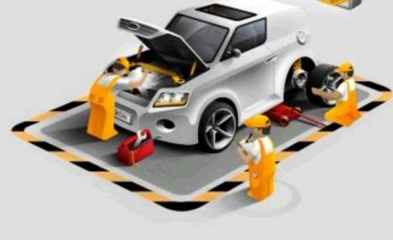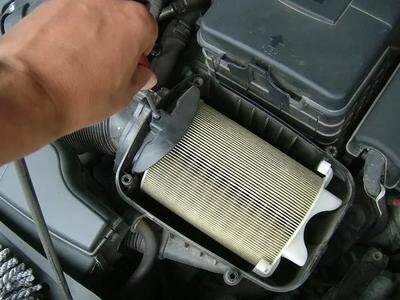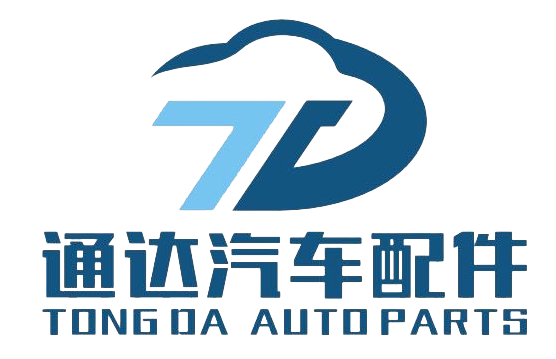ফিল্টার প্রতিস্থাপন করার সময় বিশদ উল্লেখ করতে হবে
**Details to be noted when replacing the filter**
The replacement of filters is undoubtedly a crucial task in many aspects of car maintenance and upkeep. As a key component for filtering impurities in various systems of automobiles, the performance of filters directly affects the operating status of the engine, fuel efficiency, and the overall life of the vehicle. Therefore, when replacing the filter, we must attach great importance to every detail to ensure a smooth replacement process and effective operation of the new filter. Below, this article will explore in detail several key details to pay attention to when replacing filters.
1、 Understand the types and functions of filters
Before replacing the filter, we first need to clarify the type and function of the filter being replaced. There are many types of car filters, including oil filters, air filters, fuel filters, etc. Each filter has its specific filtering object and working environment. Understanding the types and functions of filters helps us choose the appropriate new filter and adopt appropriate operating methods during the replacement process. For example, oil filters are mainly used to filter impurities in engine oil and protect internal engine components from wear and tear; The air filter is responsible for filtering the air entering the engine, preventing dust and particulate matter from causing damage to the engine.

2、 Choose the appropriate timing for replacement
The timing of filter replacement is equally crucial. Usually, vehicle manufacturers will specify the replacement cycle of the filter in the user manual, but this is only a rough reference range. In fact, the replacement cycle of the filter is also influenced by various factors such as the vehicle's operating environment, mileage, and fuel quality. Therefore, when deciding to replace the filter, we should flexibly adjust the replacement cycle based on the actual usage of the vehicle. For example, vehicles driving in dusty or poor air quality environments may have a higher frequency of air filter replacement.
3、 Prepare necessary tools and materials
Before replacing the filter, we need to prepare the necessary tools and materials. This includes tools such as screwdrivers, wrenches, pliers, etc. that match the connecting pipes of the filter, as well as new gaskets or sealants used for sealing (if applicable). At the same time, ensure the cleanliness and safety of the work environment, and avoid introducing new impurities or causing accidental injuries during the replacement process.

4、 Follow the correct replacement steps
The replacement steps for filters vary by type, but generally should follow the following basic process: first, turn off the engine and wait for it to completely cool down; Secondly, locate and disconnect the oil pipes, wires, or pipelines connected to the filter; Then, use appropriate tools to gently unscrew the old filter, being careful not to damage the threads of the filter mounting seat; Next, clean the filter mounting seat and any impurities around it; Afterwards, apply a thin layer of engine oil on the sealing surface of the new filter (which may not be suitable for certain types of filters) and install it in the new position; Finally, reconnect all disconnected pipes and wires to ensure that all connections are tight and leak free.
5、 Inspection and Testing
After replacing the filter, we need to carefully inspect and test the vehicle. Firstly, check if all connections are secure and leak free; Secondly, start the engine and observe its operating condition to ensure that there is no abnormal noise or vibration; Finally, check if the pressure and flow of the oil or fuel are normal, and if there are any signs of leakage. These checks and tests help us to promptly identify and correct any issues that may arise during the replacement process.
6、 Recording and Tracking
Finally, do not forget to record the replacement information of the filter. This includes the replacement date, filter model and brand, reason for replacement, and any observed abnormal conditions. These pieces of information help us track the usage of the filter and provide reference for future maintenance and upkeep. At the same time, by regularly reviewing these records, we can also discover potential patterns in the filter replacement cycle, thereby planning future maintenance and upkeep plans more scientifically and reasonably.
In summary, replacing the filter is an important task that involves multiple details. Only by fully understanding the type and function of the filter, selecting the appropriate replacement timing, preparing necessary tools and materials, following the correct replacement steps, conducting careful inspection and testing, and recording and tracking relevant information, can we ensure the smooth replacement process of the filter and provide strong support for the stable operation of the vehicle.

 EN
EN







































